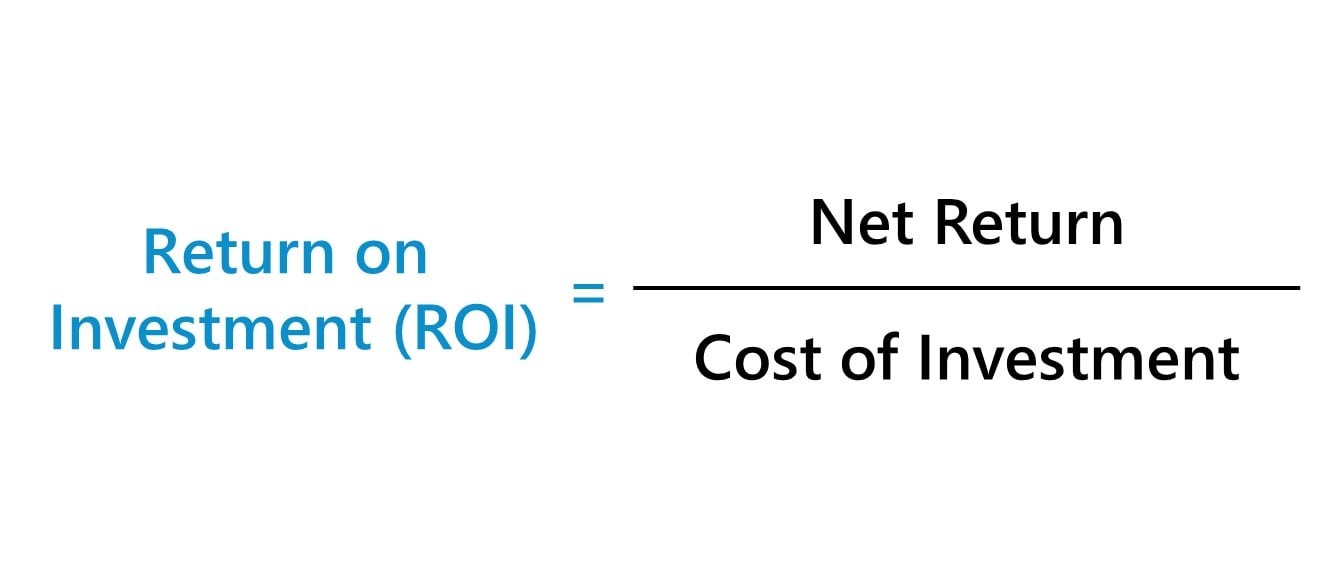When you start paying attention to your finances, getting involved in investments or even starting your own business, you will be filled with a soup of letters of synonyms that you need to learn. Things like:
P & L: income statement that summarizes the performance and financial condition of a company,
LLC: limited liability company that can help business owners lose all their savings in the event of a lawsuit, and

IPO: an IPO in which a company sells its shares to the general public for the first time.
But the most important is undoubtedly the ROI (return on investment). Why is return on investment important? It can be used for various applications: measuring the profitability of stock investments, evaluating the results of real estate transactions or as an aid in deciding whether to invest in a business opportunity.
Fortunately, ROI is a simple concept-that’s why it’s a universal measure of profitability. If you invest “X” buck (peso, total, yen or any other currency), how much money will “X” bring or return to you? In other words, it shows the return on investment relative to the cost of that investment.
How to calculate return on investment:
The total of money earned is called cash flow. It is also called return, because it reflects what the investment will bring or produce.
Examples of return on investment
Here are some examples of how to calculate ROI so that your results are returned in percentage format (which is intuitively easy to understand):
If you invest 1,000 in a stock that pays an annual dividend of 40, your return on investment will be 4%. (40 / 1,000 = 0.04 = 4%)
If you deposit 10,000 in cash as a down payment for the purchase of a rental property worth 50,000 with an annual positive cash flow of 1,500, your ROI will be 15%. (1,500 / 10,000 = 0.15 = 15%)

For real estate transactions, it is also called cash-on-cash return, since it calculates cash income derived from cash invested in a particular property. For successful investors, cash-on-cash returns are the most important number, as it tells them what their invested money earns. It tells you how hard your money is working for you.
These two examples of stock dividends and rental properties are cash flow investments. However, ROI also applies to capital gains investments . For example, if you buy a stock for 20 per share, and the stock price rises to 30, then after deducting fees and expenses, your profit or income will be 5.
A different way of measuring
In addition to the return on investment, you can also hear the term internal rate (IRR), which is a bit more complicated.
The IRR takes into account the present value of money (which is not included in the ROI equation). The present value of money is the idea that 1 is worth more today than 1 in a year.
The IRR also assumes that the cash flow or return you earn will be reinvested immediately and with the same return — which is rarely, if ever, the matter. There is a computation for the IRR:
Are you confused by this nonsense? Yes, there are many. And this complex equation is precisely why many people do not use IRR as a measure of their money. This path is very complicated .

If you want to superior understand the internal rate of Return, definitely start researching. Not that it is impossible to understand, it just unnecessarily clouds the water. It may be advisable to stick to cash-on-cash returns until you fully understand the IRR.
An important word of caution: if someone asks you to invest in your business, be sure to define whether the return on investment indicated by them is a cash-on-cash return or an internal return. They are very different when it comes to their end result, and you should make sure you compare apples to apples.
